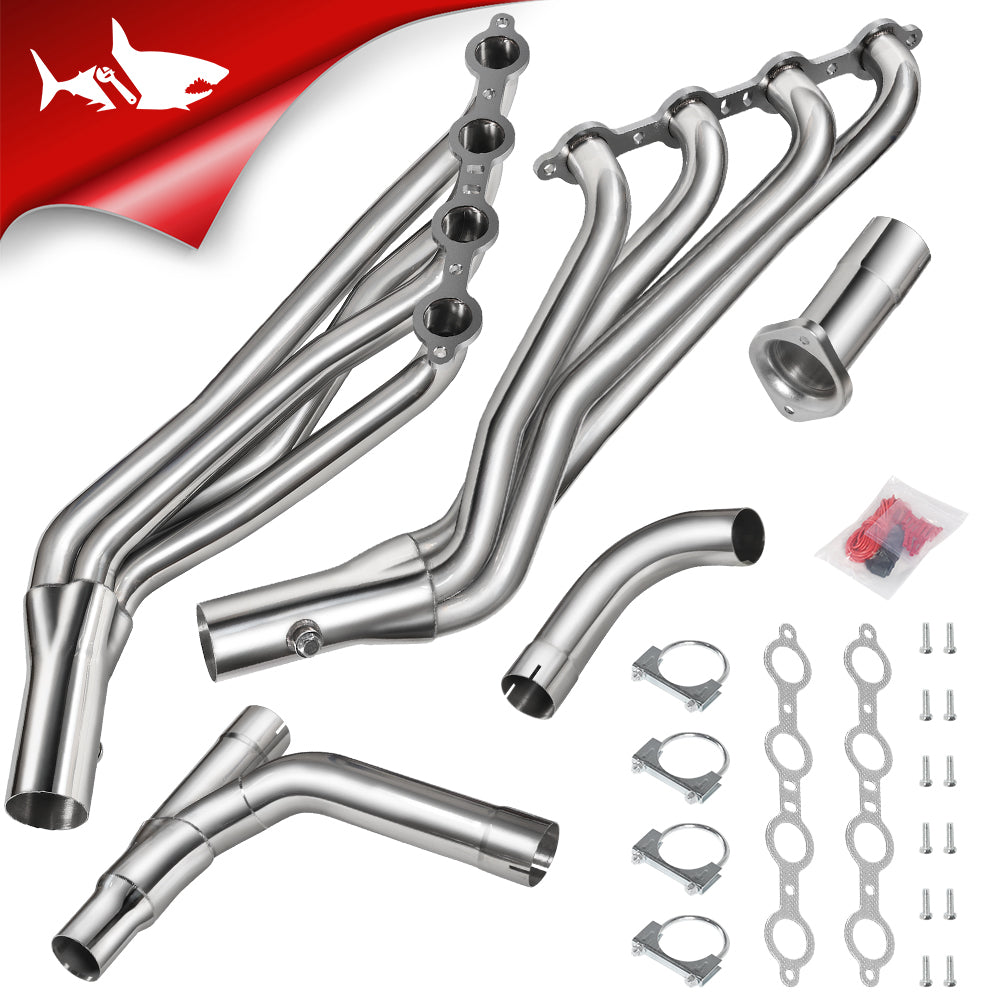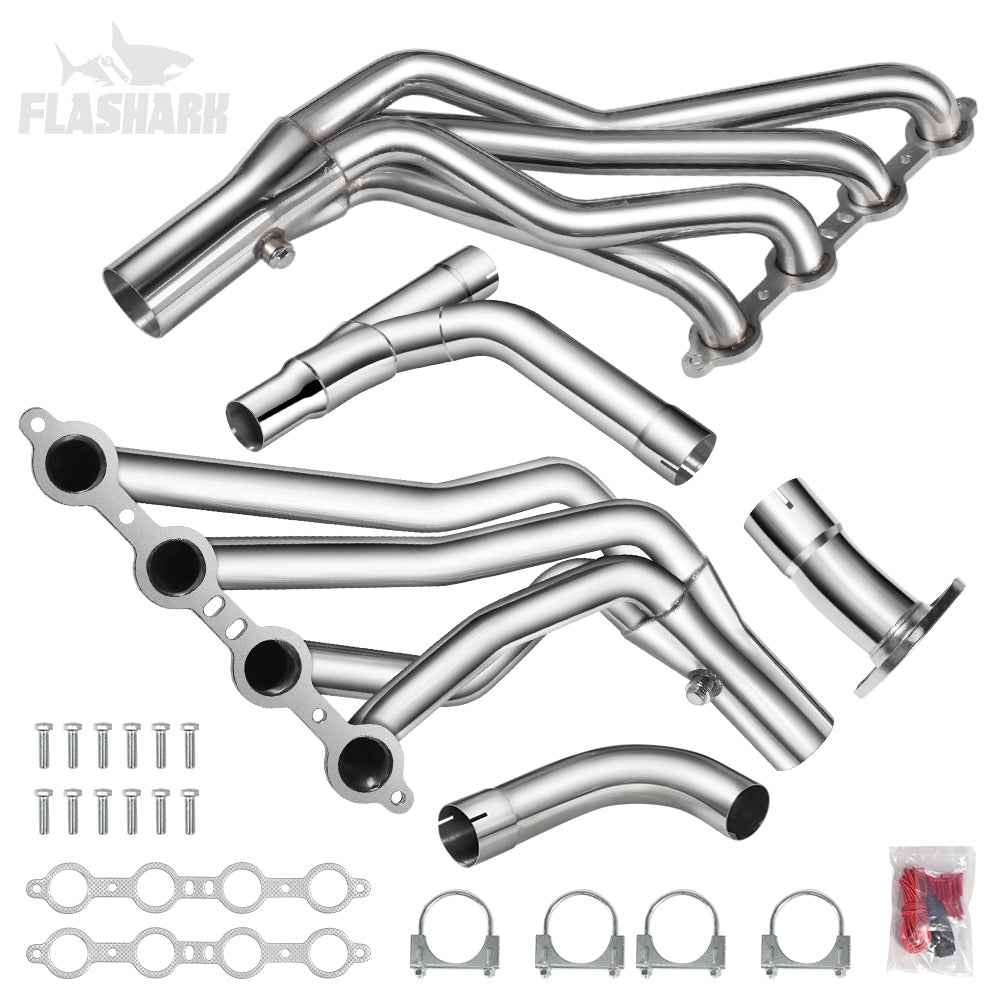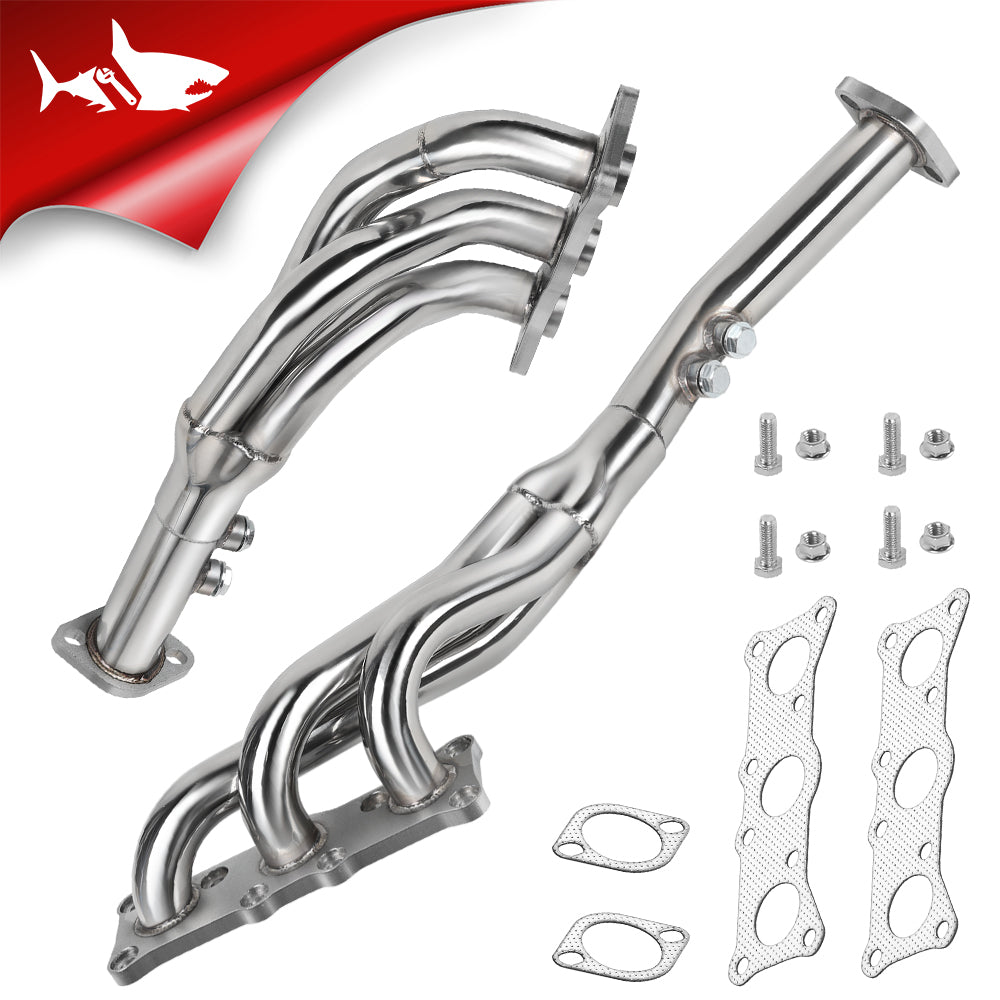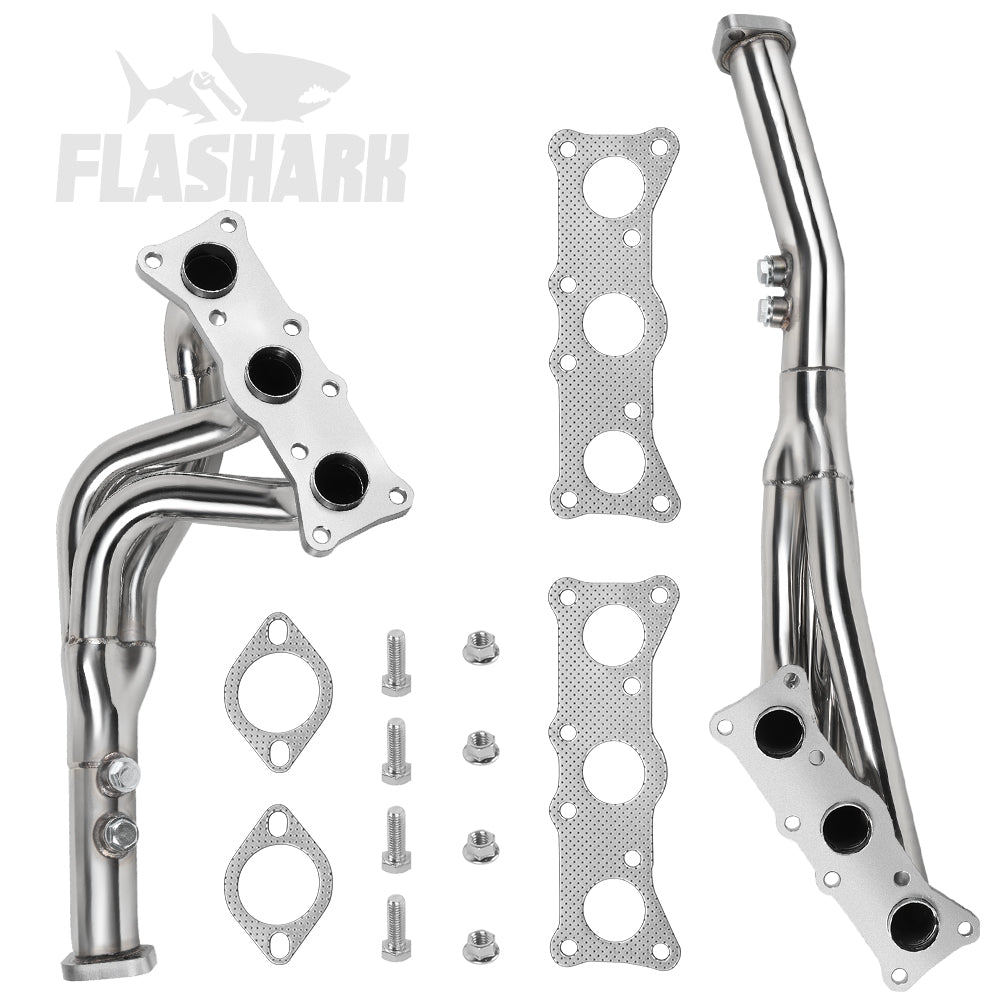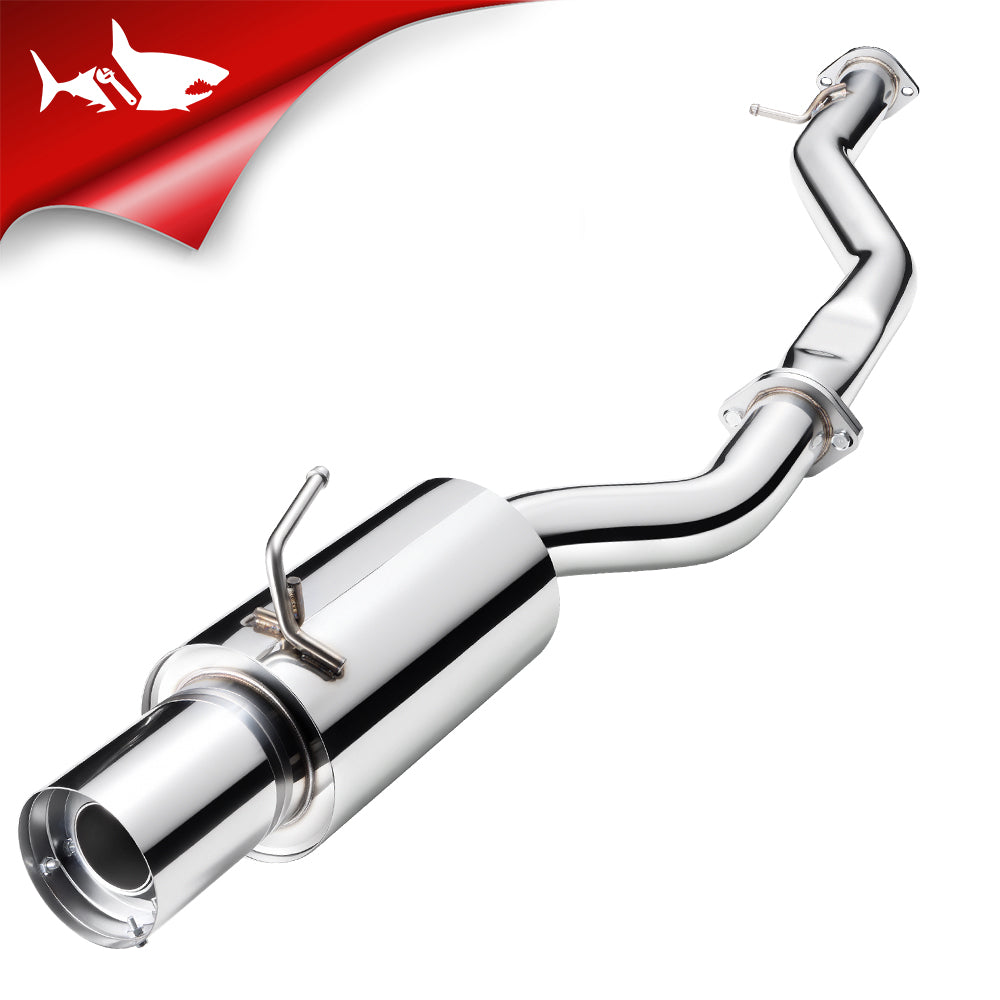LED headlights give drivers maximum nighttime visibility and safety through advanced lighting technology. The science behind LEDs shows how they vastly improve upon traditional halogen and HID headlights.
Let's take a look at how these modern marvels can help you see better while you're on the road.
Introduction to LED headlights
The invention of LEDs, or Light Emitting Diodes, dates back to the early 20th century. These semiconductor devices began to transform the world of lighting.
LED headlights create light by moving electrons through a semiconductor, which is different from conventional bulbs. This process is more energy-efficient. The ps24w bulb is one example of automotive lighting.
Traditional headlights relied on halogen or incandescent bulbs. LEDs have changed this by offering a longer lifespan and increased brightness.
Unlike older technologies, LEDs provide more precise control of light. They offer unique possibilities in automotive design, such as adaptive headlights.

How LEDs produce light
LEDs produce light through electroluminescence. This is a process where a material emits light when an electric current passes through it. Semiconductors in LEDs make this possible.
Phosphors play a critical role in creating white light. They absorb some of the blue light emitted by the LED, and release it as a different color. Together, they create the appearance of white light.
LEDs are admired for their efficiency. They convert nearly all the electric energy into light, with little wasted as heat.
Benefits of LED light
LEDs offer more light output per watt. They outshine halogens and HIDs, making them more energy-efficient.
The illumination from LEDs is whiter and brighter. It helps in better road visibility and enhances the driving experience, particularly during nighttime.
LED headlights come to life instantly when turned on. This quick response time is essential for automotive safety and functionality.
Precise beam control is a standout feature of LEDs. It allows designers to create innovative headlight shapes and functions, enhancing aesthetics and safety.
The whiter light from LEDs provides a more natural nighttime view. It helps drivers perceive objects more accurately, reducing eye strain.
The energy efficiency of LEDs doesn't sacrifice their brightness. They manage to conserve energy while still outperforming traditional lighting options.
Instant turn-on of LEDs is more than just a convenience. In critical situations, the rapid response can significantly affect driver reaction time.
The control and versatility offered by LEDs have redefined automotive lighting. LEDs have become an industry standard with benefits in safety, design, and energy conservation.

LED headlight beam patterns
LED headlights allow manufacturers to tune and optimize the beam spread finely. This ensures the best possible visibility without blinding other drivers on the road.
The technology enables a variety of complex reflector designs. These reflectors shape the light in intricate ways, enhancing both aesthetics and functionality.
Using best led headlight bulbs allows for adaptive driving beams. These beams move with the steering, providing illumination precisely where it's needed, enhancing night driving safety.
Adaptive driving beams represent a significant advancement in automotive lighting. They're making nighttime driving safer by improving the driver's perception of the road ahead.
The precise control of LED beam patterns is not just a technical feat. It's also an artistic one, giving designers new creative possibilities in shaping car headlights.
Precise beam control and cutoff
Digital controls in LED headlights help prevent blinding other drivers. By finely adjusting the beam's intensity and direction, they ensure a comfortable driving experience for all.
Programmable technology in LEDs allows for a razor-sharp cutoff. This precision in controlling the light beam contributes to a focused and glare-free illumination of the road.
Adaptive beams in LEDs move without dazzling others. They adjust based on steering input and road conditions to provide optimal visibility without hindrance to fellow drivers.
The precision of beam control is more than a convenience. It's a safety feature that minimizes glare for other drivers while maximizing visibility for the vehicle operator.
Digital controls in LED technology are a testament to automotive innovation. They represent a fusion of technology and safety, enhancing driving experiences.
LED reliability and durability
LED headlights don't have fragile filaments that are prone to shocks and vibrations. This makes them more rugged and durable, particularly in automotive applications.
The semiconductor nature of LEDs allows them to resist damage. They are built to withstand rough conditions, making them reliable in various weather and road situations.
LEDs are not impaired by frequent on/off cycles. Unlike traditional bulbs, they retain their efficiency and brightness, even with constant use.
The absence of fragile components in LEDs is a significant advantage. It enhances their life span and reduces the need for frequent replacements, a real win for drivers.
The semiconductor base of LEDs is a triumph of modern engineering. It provides resilience against wear and tear, standing up to the rigors of daily driving.
Frequent switching doesn't wear out LED headlights as it does with other bulbs. This characteristic ensures consistent performance and longer operational life.
LEDs have redefined reliability in automotive lighting. Their resistance to shocks, damage, and frequent use make them a preferred choice for modern vehicles.

Final Thoughts
LED headlights represent a revolution in automotive lighting technology. With unparalleled efficiency, durability, and intelligent beam control, LEDs provide drivers with a powerful combination of safety and visual clarity for nighttime driving.


